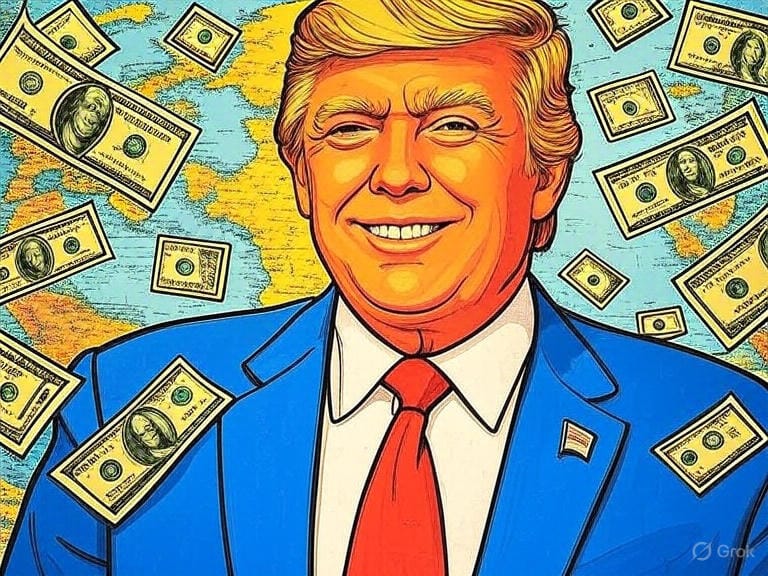For months, critics across the political spectrum have insisted that President Trump’s tariff strategy is the driving force behind rising consumer prices. They point to new trade penalties—10% tariffs on most imports, a 30% tariff on Chinese goods, a variable 10%-50% on Canadian products, and a 25% tariff on autos and auto parts—as proof that Trump is fueling inflation.
But the latest data tell a very different story.
In June, the Consumer Price Index (CPI) rose by 2.7% year-over-year. That’s a slight increase from May’s 2.4%, but it’s still well below the 2.9% rate in December 2024 and the 3% spike in January 2025—both of which occurred before Trump’s latest round of tariffs took effect.
If Trump’s trade policy were a major inflationary driver, we would expect to see prices climbing in sectors directly impacted by those tariffs. But we’re not.
In fact, quite the opposite is true.
Key Prices Are Falling, Not Rising
Take clothing. Roughly 97% of all apparel sold in the United States is imported—making it one of the most tariff-exposed industries in the country. Yet clothing prices fell in June compared to the year before.
Or look at the auto market. Despite the 25% tariff on imported vehicles and parts, new car prices actually declined slightly in June compared to May.

And import prices more broadly? They’re down, too. Even before accounting for tariffs, the cost of consumer goods from overseas has decreased relative to last year. Foreign producers are slashing prices and profit margins just to stay in the game.
The Real Culprit: Housing Costs
The primary factor pushing inflation higher is housing.
The shelter component of the CPI, which reflects rental prices more than material costs, surged by 3.8% in June. That single category accounted for the largest share of the month’s overall inflation. And the housing crisis did not begin under Trump. It took root under Biden and has only worsened since.
The Politics Behind the Panic
This debate is driven far more by politics than economics.
Some libertarians and old-guard conservatives have rooted for Trump’s tariffs to fail from the beginning. They’re clinging to a globalization playbook that’s been collecting dust since the 1990s. Admitting that Trump’s America-first trade approach isn’t harming the economy would expose the flaws in decades of free trade orthodoxy.
Democrats are even more eager to rewrite the inflation narrative. After four years of reckless spending, skyrocketing energy costs, and a housing disaster of their own making, they need a scapegoat. Any uptick in the CPI becomes an opportunity to blame Trump—even when the facts say otherwise.
Conclusion
President Trump’s tariffs are not driving inflation. That doesn’t mean they never could under different economic conditions, but for now, the data are clear. Inflation remains lower than it was under Joe Biden, and prices in key tariff-heavy sectors are holding steady—or even falling.
The American people are not being served by politically motivated attacks and partisan spin. They deserve the truth. And the truth is that the current inflation problem has far more to do with Biden’s housing and spending policies than anything Trump has done on trade.


